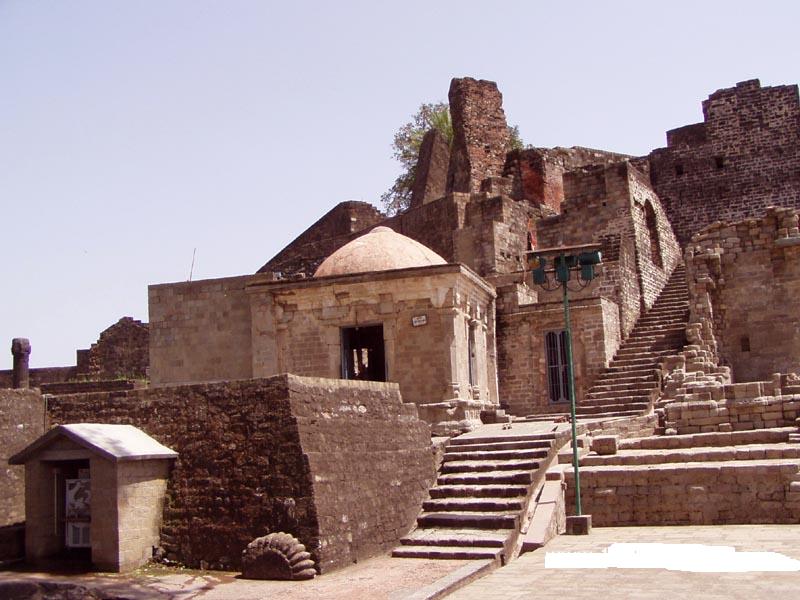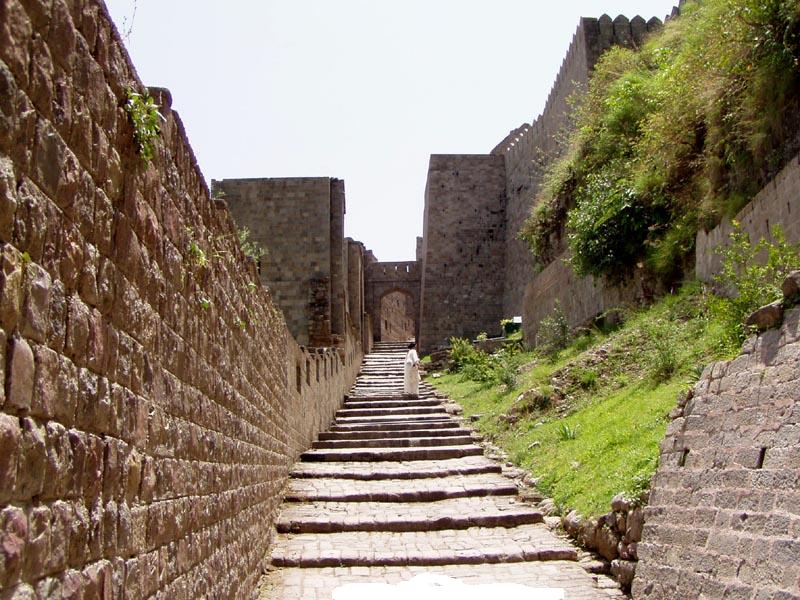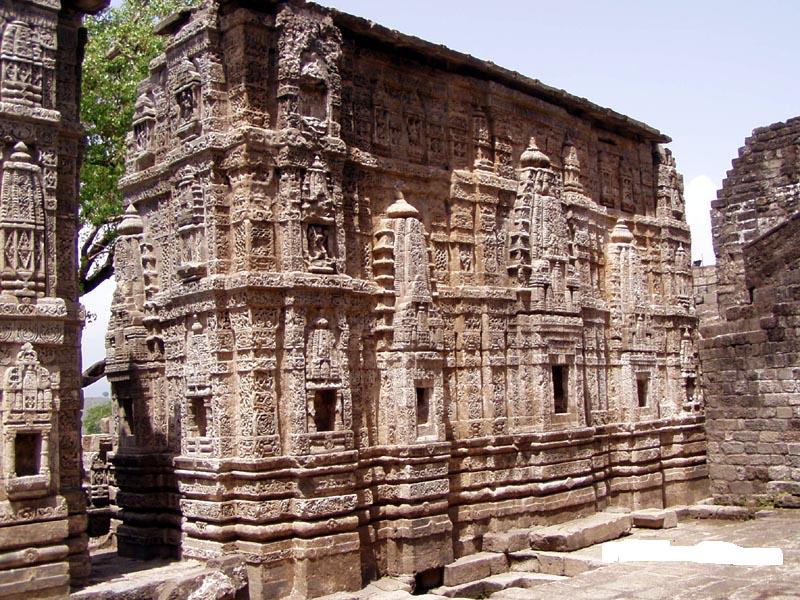 Kangra district derives its name from Kangra town which was called Nagarkot in the ancient times, Kangra proper originally was a part of the ancient Trigartha (Jullundur) which comprises of the area lying between the river “SHatadroo” (probably Sutlej) and Ravi.A tract of land to the east of Sutlej which probably is the area of Sirhind in Punjab also formed a part of Trigratha. Trigratha had two provinces. One in the plains with headquarters at Jullundur and other in the hills with headquarters at Nagrkot (the present Kangra).
Kangra district derives its name from Kangra town which was called Nagarkot in the ancient times, Kangra proper originally was a part of the ancient Trigartha (Jullundur) which comprises of the area lying between the river “SHatadroo” (probably Sutlej) and Ravi.A tract of land to the east of Sutlej which probably is the area of Sirhind in Punjab also formed a part of Trigratha. Trigratha had two provinces. One in the plains with headquarters at Jullundur and other in the hills with headquarters at Nagrkot (the present Kangra).
The Kangra Fort was the seat of power of the Katoch Rajas from the time of its 234th Raja, Raja Susharma Chand Katoch, if not from the time of its first legendary Raja, Raja Bhoomi Chand Katoch onwards. It is said to have been founded by Susharma Chand Katoch, an ally of Kauravas in the Mahabarata war. It was the ancient capital of the Katoch kingdom and symbol of power in Punjab Hill States.The Fort is situated on a precipitous cliff overhanging the Ban Ganaga and Manjhi rivers. The ruins still dominate the Kangra valley. One can enter the fort by a narrow path. It was protected by a number of gates named after its winners like Jahangir, Ranjit Singh and the British. At the top of the fort, there was the palace of the Katoch kings.
When Mahmud Ghazni conquered it in 1009, the place was known as Bhima Nagar probably after Bhima, the second of the Pandavas. Muhammed Tughlaq also plundered the fort in 1337 but could not hold it for long. Feroz Tughlaq also invaded Kangra and laid siege of the fort in 1365 A.D. For six months the siege went on. Raja Rup Chand Katoch exhibited great courage and endurance, but ultimately submitted and offered apologies to the Sultan who with much dignity placed his hand on the back of the Raja.
In ancient times a number of petty chiefs ruled in the hills within their respected domains owning allegiance to the powerful Raja at the center. However, Katoch princes ruled over Kangra from the earliest times. At the time of invasion of Punjab by Alexander in 326 BC Trigartha was ruled by a Katoch prince. The Kangra Fort was the seat of power of the Katoch Rajas from the time of its 234th Raja, Raja Susharma Chand Katoch, if not from the time of its first legendary Raja, Raja Bhoomi Chand Katoch onwards.
It is said to have been founded by Susharma Chand Katoch, an ally of Kauravas in the Mahabarata war. It was the ancient capital of the Katoch kingdom and symbol of power in Punjab Hill States.The Fort is situated on a precipitous cliff overhanging the Ban Ganaga and Manjhi rivers. The ruins still dominate the Kangra valley. One can enter the fort by a narrow path. It was protected by a number of gates named after its winners like Jahangir, Ranjit Singh and the British. At the top of the fort, there was the palace of the Katoch kings.
When Mahmud Ghazni conquered it in 1009, the place was known as Bhima Nagar probably after Bhima, the second of the Pandavas. Muhammed Tughlaq also plundered the fort in 1337 but could not hold it for long. Feroz Tughlaq also invaded Kangra and laid siege of the fort in 1365 A.D. For six months the siege went on. Raja Rup Chand Katoch exhibited great courage and endurance, but ultimately submitted and offered apologies to the Sultan who with much dignity placed his hand on the back of the Raja.
In the beginning of 11th century, Mahmood of Ghazni finished the Turki Shahi family and the Hindu Shahi dynasty of Kabul in Afghanistan and after defeating a large Hindu army at Ohind and later at Peshawar, advanced into the plains of the Punjab. After defeating the Hindu king at Lahore he invaded Nagarkot. He was attracted by the prestige of Kangra fort. After defeating the Rajput Raja at Kangra, who had sent most of
his men to fight the Muslims elsewhere, Mahmood satisfied his lust for wealth by carrying away on camel backs, enormous wealth of gold and silver from the fort and temple of Kangra. After this storm had passed away, the Katoch kings continued their rule over the Trigarth area undisturbed. Even after the conquest of Lahore by the Turks the Katoch family held some territory of Jullundur in the Plains. However, one lbrahim of Ghazni conquered this territory from the Katoch King Jagdeo Chander in 1070 A.D.
Sher Shah Suri, the Afghan king, who turned out Humayun from India, also captured Kangra in 1540. By 1555, the Muslim influence again declined. Akbar, however, subjugated the entire hill Rajas. Occasionally the hill Rajas rebelled against the imperial authorities, but after a few skirmishes with the Mughal Generals, they submitted and renewed their pledges of loyalty.
A senior journalist from Palampur.






Respected Sir/ Madam
I am writing a book on Site Museums of India where Kangra Fort has a Museum. Is it possible to publish the first photograph of the Kangra fort that is the top one in my upcoming book?
Waiting for a reply
Thankyou
Regards
Kakoli Sen
Yes outside Kangra Fort with the name of Sansar Chandra Museum.
i an fond of ancient history of ancient monuments
Good reads ….